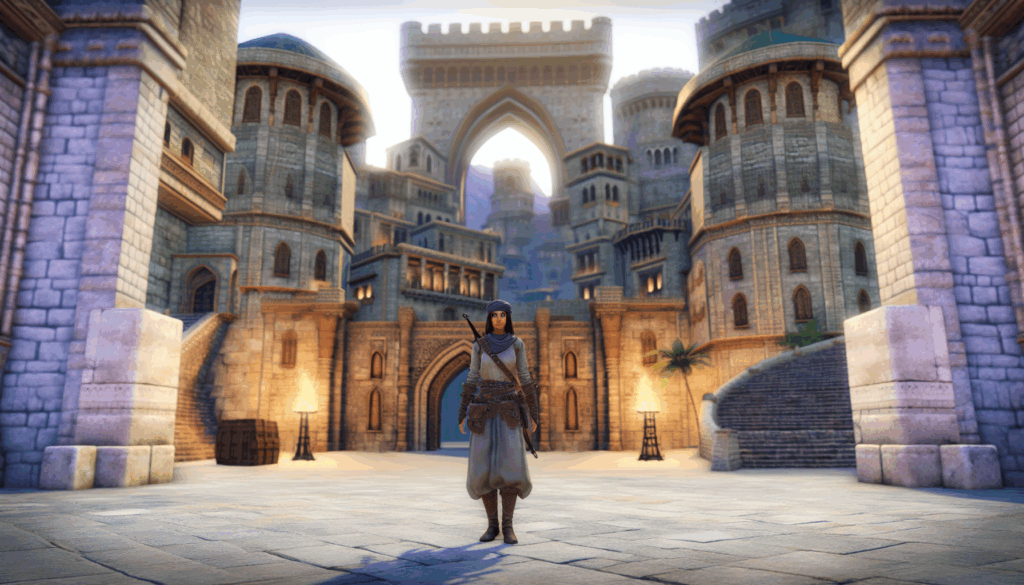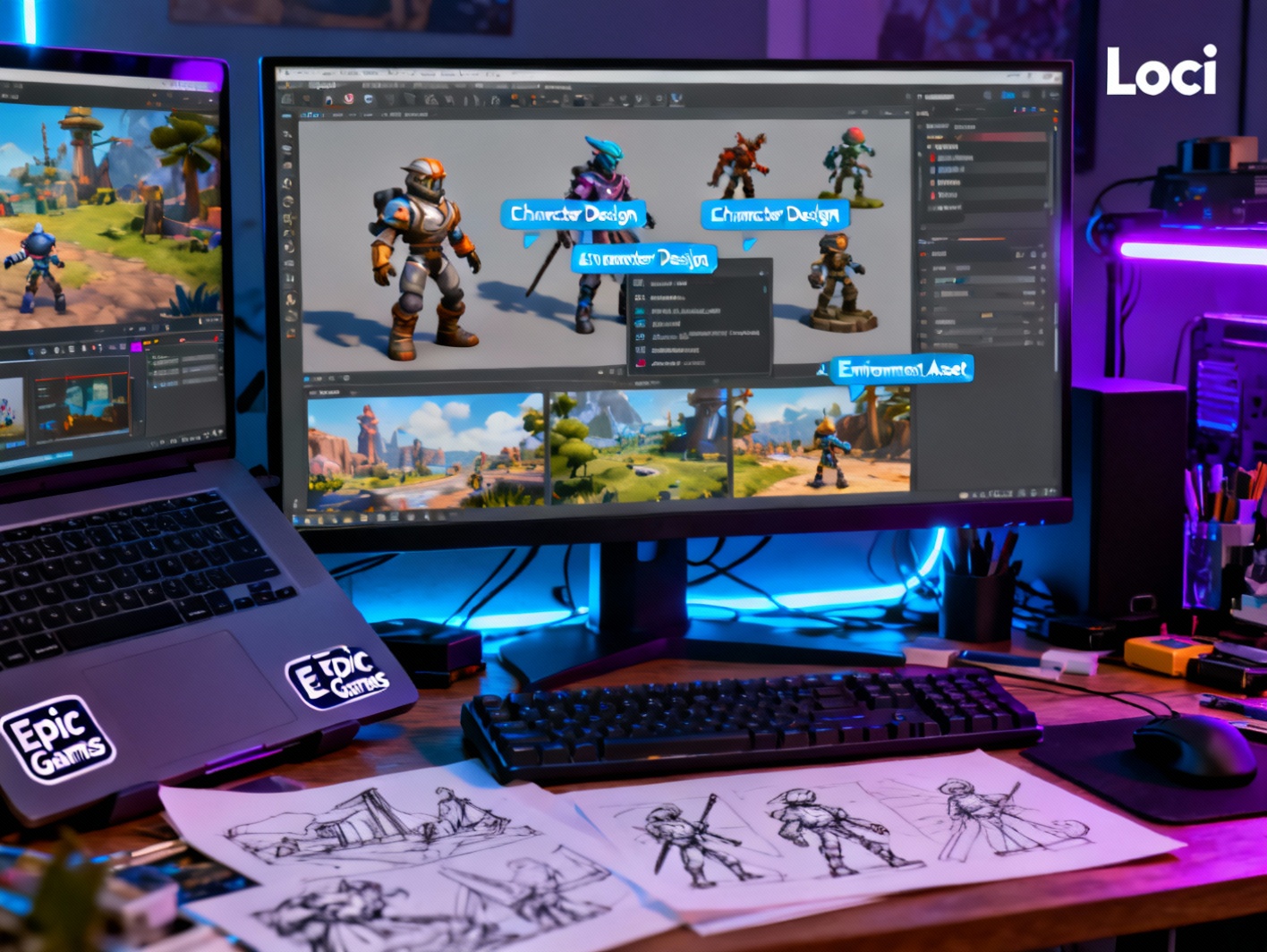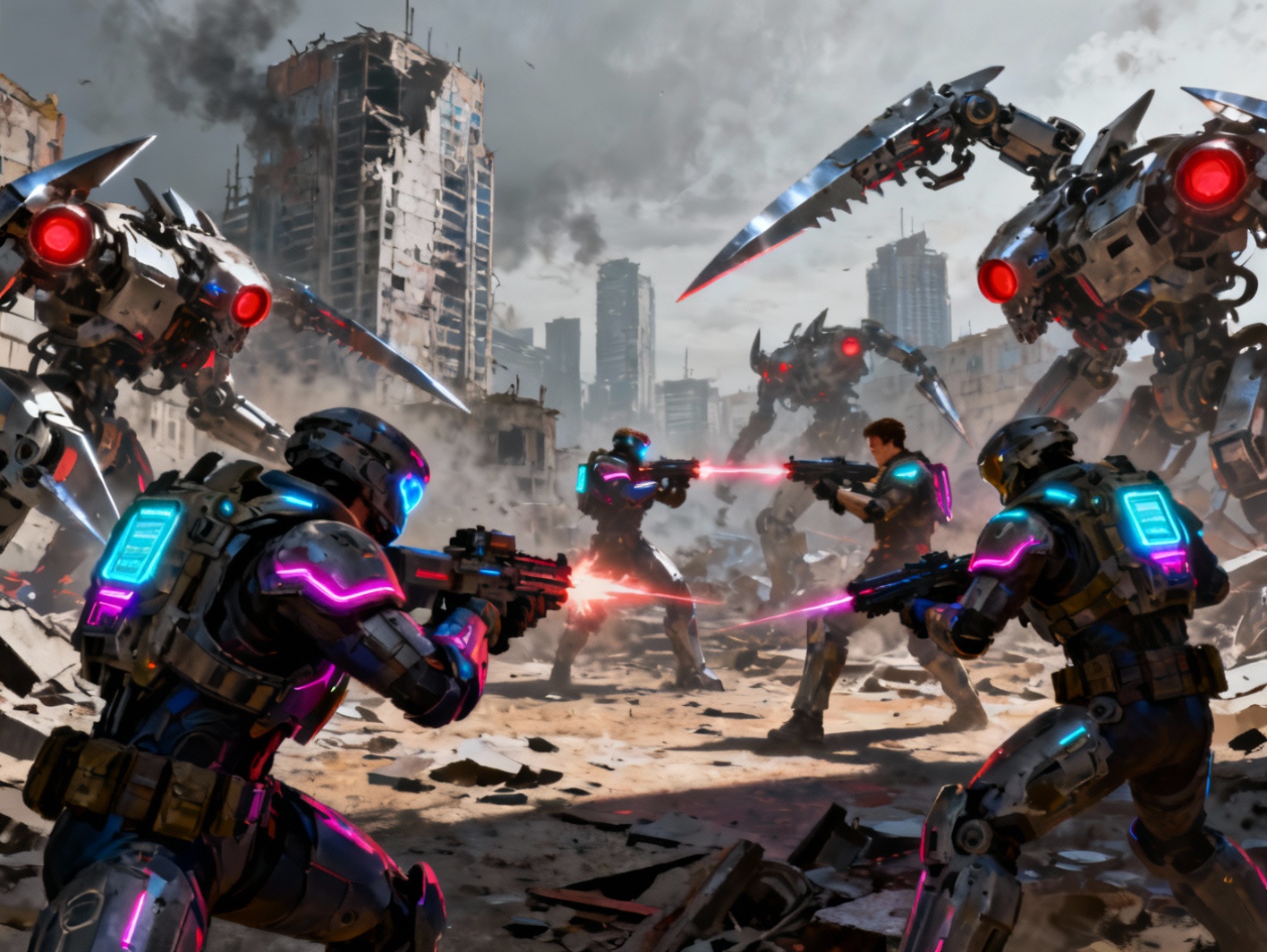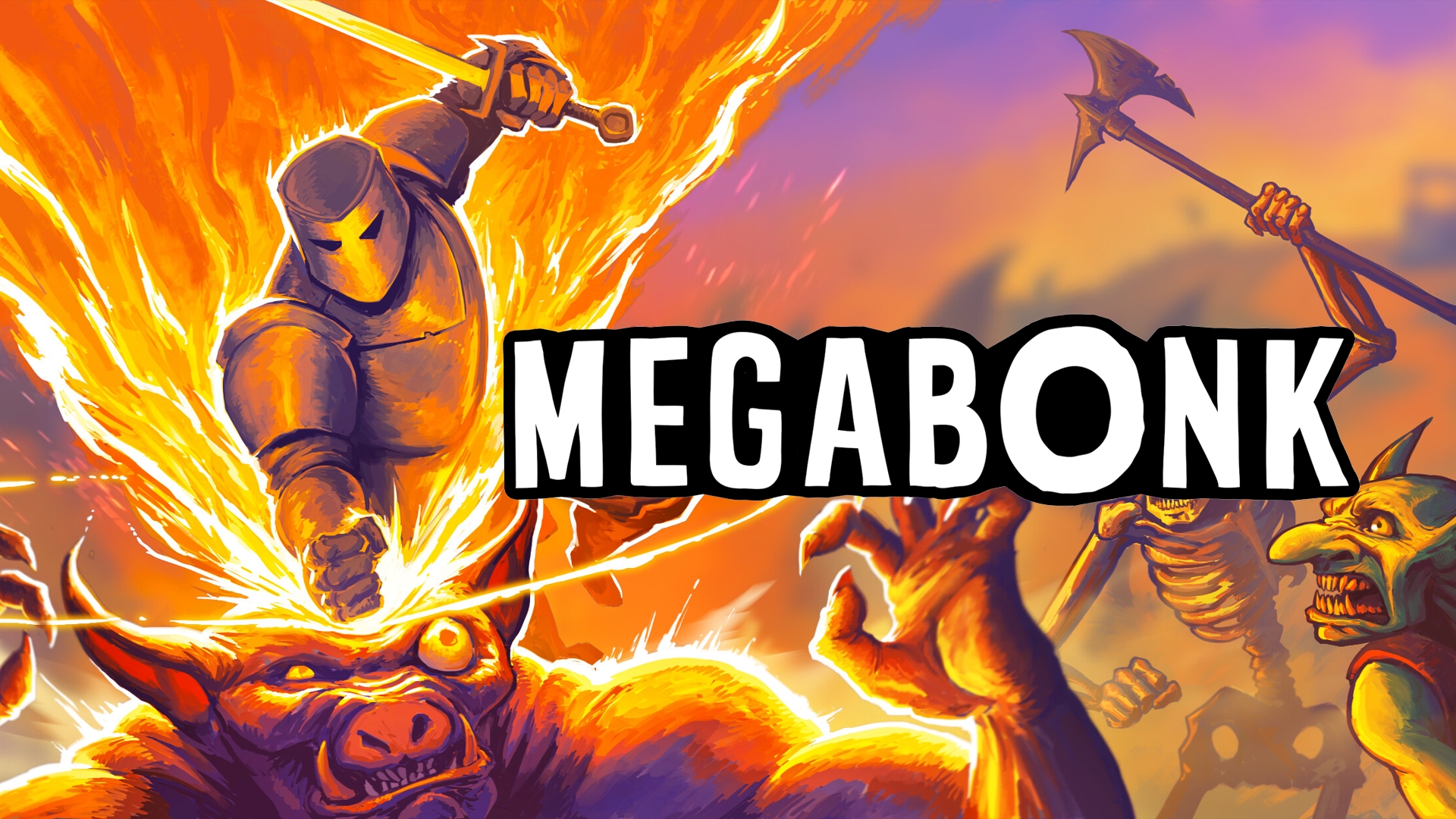
In the rapidly evolving realm of indie video games, few projects illustrate creativity and ambition like Erenshor. Developed by a single visionary at Burgee Media, this title reimagines the massively multiplayer online role-playing game (MMORPG) concept through a single-player lens. While the term MMORPG traditionally evokes sprawling social gameplay and persistent online worlds, Erenshor breaks the mold by crafting a living, breathing world tailored entirely for the solo adventurer. Through a blend of clever design and nostalgic elements, the game manages to capture the social depth and complexity of traditional MMORPGs—without requiring a single real-life party member. This article explores the fascinating development journey of Erenshor, its bold technical innovations, and the challenges faced by a lone developer bringing such a grand vision to life.
The Genesis of ‘Erenshor’: A Solo Developer’s Vision
The roots of Erenshor trace back to a deep love for classic MMORPGs from the early 2000s and a desire to recreate their immersive worlds without the online barriers. Burgee Media began this journey alone, with the goal of building a game that evoked the nostalgia of titles like EverQuest and RuneScape while offering an approachable experience for solo players. The key idea was to replicate the social dynamics and immersion of a multiplayer world without actually connecting to one. This ambition demanded an innovative approach to both world-building and game mechanics.
Working solo meant every design choice carried weight. There was no team to brainstorm with or share the workload. This phase involved persistent prototyping, world design, and developing custom systems to mimic player behavior typically seen in online games—from adventurers roaming cities to groups forming near dungeons. The limitations of a one-person team were laid bare: time constraints, technical bottlenecks, and constant context switching between coding, art, writing, and testing. Yet, by narrowing focus and emphasizing iteration, Burgee Media established the core concept of a simulated world with simulated players. This foundation would grow into a remarkably layered virtual environment.
Innovative Gameplay: Simulating a Multiplayer World
To recreate the MMO feel within a single-player shell, Erenshor introduced a system of dynamic NPC simulation. These non-playable characters are more than decorative—they behave with logic, schedule, and purpose. Some NPCs travel between villages, join dungeon parties, or gather near raid zones. Others browse shops or visit taverns, creating the illusion of a world constantly alive with activity. This artificial population forms the framework that players interact with daily.
Instead of bots on paths, Burgee Media implemented a living simulation where NPC adventurers not only journey and fight, but even compete for gear and resources. The world doesn’t pause when the player logs off because it doesn’t require a server—it evolves naturally. Markets fluctuate, dungeons experience upticks in activity, and local rumors reflect changing circumstances. These details replicate the emergent experiences of multiplayer games and make players feel like part of a larger story.
Design-wise, the game incorporates features typical of online play—grouped classes, limited party slots, guild systems, world events—but with AI serving in place of other players. This unique execution makes Erenshor stand apart: players enjoy the richness of MMORPG gameplay without depending on online interaction, latency, or the unpredictability of real players. It’s immersive, consistent, and deeply personal. Ultimately, this bold design choice is part of what makes Erenshor such a memorable and innovative experience.
Early Access Launch and Community Engagement
In April 2025, Erenshor launched into Steam Early Access, marking its first major encounter with the broader gaming community. For a solo project, reception was surprisingly strong, driven by word-of-mouth from fans of old-school MMOs and RPGs. Players were drawn to the concept of a single-player game replicating the scope of a massively multiplayer experience. Early adopters praised the atmosphere, depth of simulation, and especially the NPC behaviors that contributed to the illusion of a real online world.
Burgee Media responded quickly by implementing feedback systems directly in the game interface and through community forums. From balance tweaks to quality-of-life fixes, the developer maintained an open dialogue with players, regularly releasing patch notes and adjusting priorities based on popular demand. Suggestions ranged from improving AI pathfinding to refining UI elements, and each update reflected a deeper understanding of what the community valued.
The transparency of the process won over early supporters, establishing a loyal and vocal player base. This has proven crucial in navigating Early Access development, where a single patch can significantly shift playability. Through routine updates and candid dev communication, player input has actively influenced the roadmap. Story arcs have been enriched, new abilities tested, and NPC behavior fine-tuned—all shaped by what the community wanted to see. This collaborative development approach has become a cornerstone of Erenshor’s identity.
Development Roadmap: Upcoming Features and Enhancements
Looking ahead, Burgee Media has a sprawling vision for Erenshor’s future, with an emphasis on deepening the end-game and expanding character variety. New class archetypes are in the works, including geomancers, skalds, and exorcists, aiming to expand playstyles and bring more richness to not just combat, but to exploration and world interaction. Players can expect more meaningful guild content, such as AI-managed guild rivalries, scripted battles, and territory influence mechanics.
The most ambitious upcoming features center around raid content. Unlike traditional single-player dungeons, Erenshor’s raids incorporate simulated coordination, where the player either leads or joins an AI-hosted group. These scenarios will feature adaptive AI behavior, coordination commands, and hybrid enemy tactics that scale to simulate the chaos of real multiplayer raids.
Additionally, the game will move toward horizontal progression—instead of simply scaling up stats, it focuses on unlocking unique gear sets, subsystems like relic crafting, and alternate quest paths that affect world state and NPC relationships. Seasonal events are also on the roadmap, tied to both lore and community participation. Burgee Media is targeting biannual major updates, with a mid-2026 patch introducing two new continents and a fully fleshed-out spell mutation system. The evolving roadmap remains flexible, shaped by continued player feedback but grounded in an overarching commitment: to deliver an endlessly replayable, tightly woven RPG experience for solo players.
Navigating Challenges: The Path to Full Release
The journey of creating Erenshor has been anything but easy. From the outset, solo development meant balancing creative ambition with real-world limitations. Every system—from AI routing to inventory management—had to be coded and tested by one person. Without a QA team, bugs proved a constant challenge. In many cases, a feature would work in isolation but break when integrated into the live world simulation. This led to long hours debugging obscure interactions, especially in AI behavior and world event triggers.
Another complication came from scale. Building a faux-multiplayer experience required hundreds of unique NPCs, each with variable roles, routines, and decision trees. Optimizing performance while maintaining believable AI complexity required rethinking standard architecture. Burgee Media leaned heavily on task-driven systems and time-based load balancing to ensure gameplay remained fluid.
Support from players via Early Access, both financial and emotional, has been vital. Feature prioritization was often driven by feasibility under solo constraints. While full release is planned for 2027, the developer has adopted a philosophy of iterative enhancement versus traditional milestone crunch. Roadmaps are adjusted based on player needs and technical feasibility. Erenshor continues to evolve not just through tech upgrades, but through dedication, perseverance, and a community that sees the vision and supports its realization—one patch at a time.
Conclusions
Erenshor represents a rare achievement in the indie game world—a large-scale MMORPG experience designed exclusively for solo play, executed by a single developer. Through ingenuity, careful design, and an ongoing dialogue with its community, the game has carved out a unique niche. Players craving the joy of classic MMO gameplay without the need to sync schedules or depend on online connections have found a home here. With more content planned, growing support, and an immersive world that continually tells stories both scripted and emergent, Erenshor is not just a clever concept—it’s a fully realized evolution of solo gaming. As development proceeds toward the anticipated 2027 release, one thing is clear: the journey is every bit as rewarding for players as it is for the developer building it.










